Private satellite imagery and geospatial intelligence firm BlackSky has released a photo showing what appears to be a teardrop-shaped airship or aerostat in front of a huge hangar in northwestern China. In 2021, The War Zone published an in-depth feature regarding this facility and ties to Chinese work on high-altitude airships able to act as intelligence-gathering platforms, early warning systems for missile defense, and more.
China’s interest in these capabilities came to the fore earlier this year when the U.S. military shot down a Chinese spy balloon in February after it spent days passing through U.S. and Canadian airspace. American fighter jets then destroyed three other still-identified aerial objects flying over the United States and Canada in the space of as many days the following week.
BlackSky released the image showing the apparent airship/aerostat outside the hangar in China’s western Xinjiang Autonomous Region, seen at the top of this story and below, earlier today, but it was taken on November 4, 2022. The company says it caught the craft again there two days later. In August, one of its satellites also spotted a large rectangular cradle on the paved access strip in front of the hangar, a device that’s been seen a the site before, as The War Zone reported on two years ago. CNN was the first to report on the new BlackSky images.
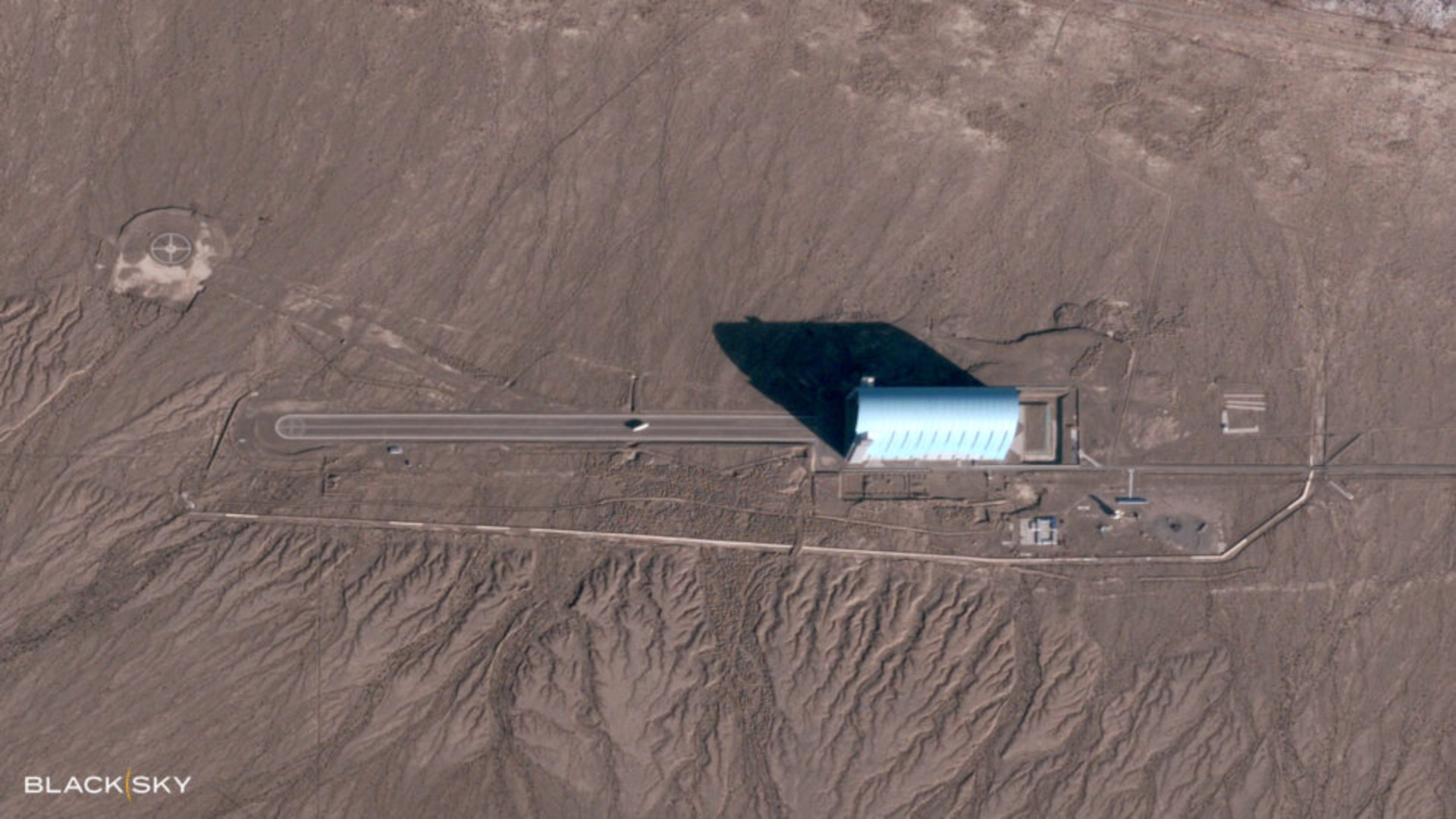
CNN estimated the airship/aerostat to have a length of around 100 feet. This is far smaller than the hangar and the cradle it houses. At some 1,150 feet long and 450 feet wide, the hangar is one of the largest anywhere on Earth and is big enough that you could slip a Nimitz class supercarrier inside and still have around 100 feet on either side to spare.
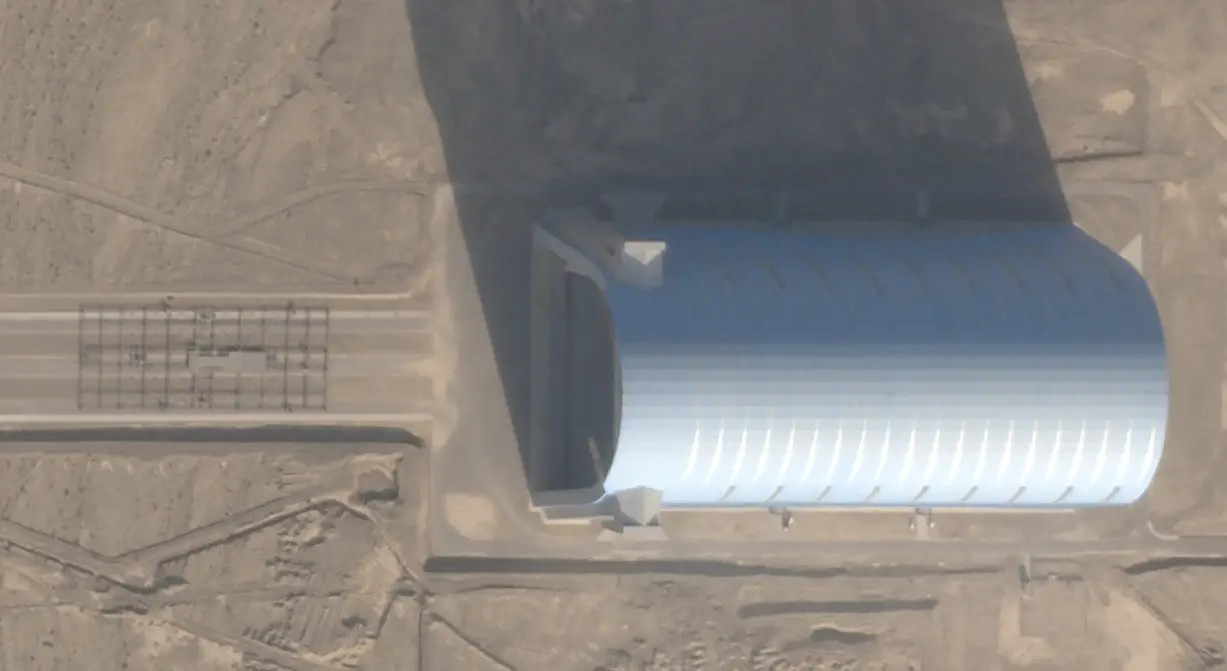
The lighter-than-air craft likely seen in the BlackSky imagery is also not nearly as large as various stratospheric airships that organizations in China say they tested over the years. This includes a design called the Yuan Meng with a stated length of 75 meters (approximately 246 feet) and another known as the BNST-KT-02, which was reported to be 100 meters long (around 328 feet), both of which you can read more about here.
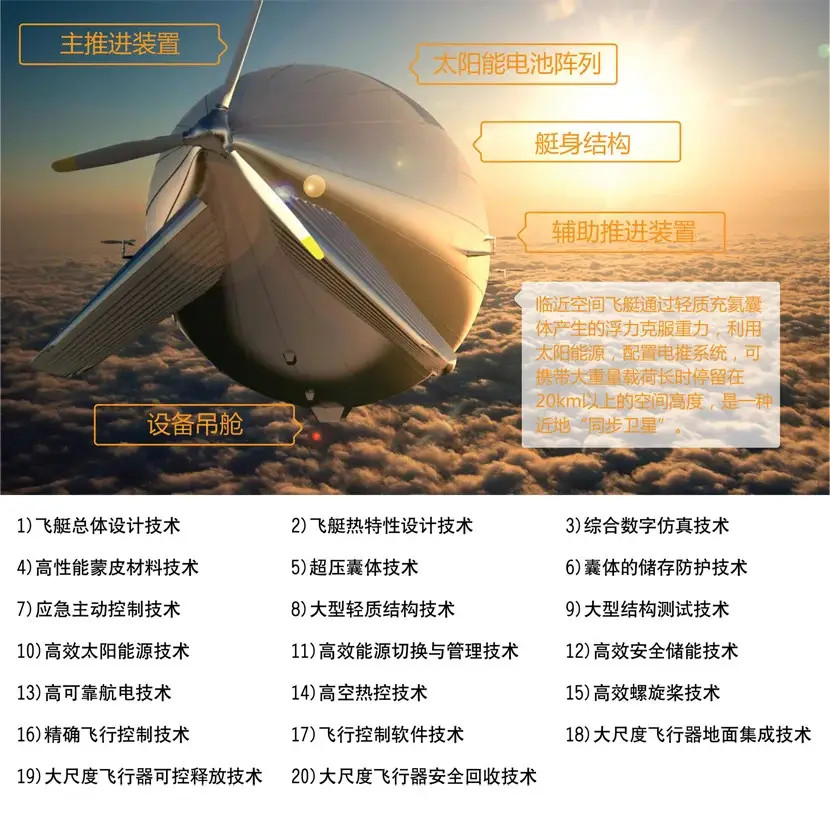
Interestingly, the apparent airship/aerostat seen in the BlackSky images does seem to align, at least to a degree in terms of general shape and size, with those seen in a picture reportedly showing the inside of a hangar at a separate site in Alxa League, a region in northeastern China, that was taken sometime between 2013 and 2014. Other satellite imagery shows that facility was in an advanced state of disrepair by 2016.
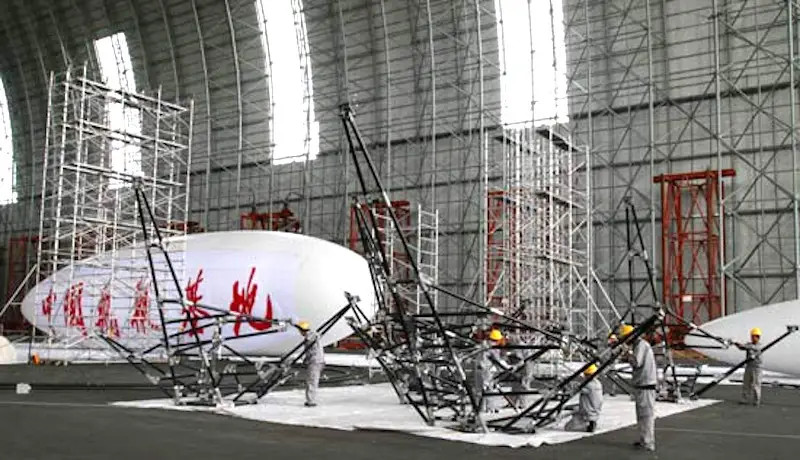
Construction of the huge airship hangar in Xinjiang appears to have begun in 2013 and looks to have been completed around 2015. In 2022, our Downlink team analyzed then-new imagery from Planet Labs showing significant expansion at the site, including a possible annex to the hangar, as seen below. The hangar and its adjacent facilities are part of a much larger high-end test complex, which includes sites linked to work lasers, high-powered microwaves, and electromagnetic pulses, as you can read more about here. It is also relatively close to the secretive Malan Air Base, a major People’s Liberation Army Air Force (PLAAF) test and evaluation hub.
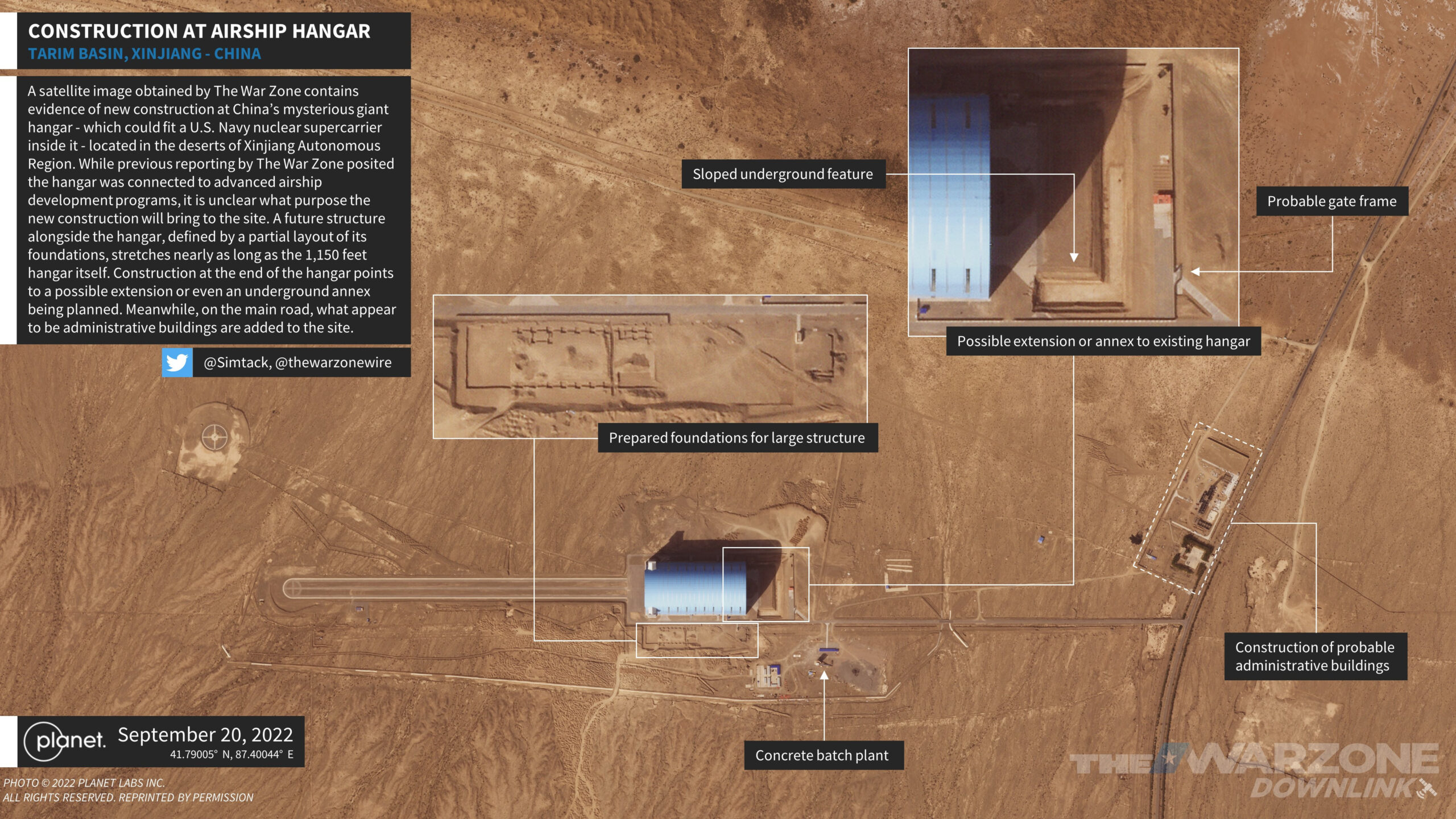
Whatever the specifics might be surrounding the apparent airship/aerostat seen in BlackSky’s November 2022 imagery, it’s clear that the hangar in Xinjiang was built to house something much larger. This was already indicated by the existence of the large cradle. The paved section in front of the hangar appears to be a taxiway of sorts for personnel to move large airships and aerostats in and out to the launch area using the cradle.
For CNN‘s story today, BlackSky provided an apparent drawing from a Chinese patent for that exact cradle showing it to be designed around a larger lighter-than-air design.
“A number of patents involving airship technologies were recently reassigned to a new PLA [People’s Liberation Army] group – Unit 63660,” CNN reported, citing Eli Hayes, a China researcher at the Middlebury Insitute of International Studies (MIIS) at Monterey who has long delved in the country’s lighter-than-air developments. “A CNN review of Chinese patents confirms that the new unit holds a number of other patents relating to airship technology and storage, and that they were recently reassigned from a previous PLA unit.”
The War Zone has reached out to BlackSky for additional information about this particular patent drawing, as well as its imagery of the site in Xinjiang.
It is worth pointing out that hangars of this size can be, and typically are, used to house multiple lighter-than-air craft. It would make good sense that the Chinese facility in Xinjiang would be used to support multiple airship/aerostat/balloon programs, among other things. The relatively recent work to expand the facility further highlights that this particular site is of current significance.
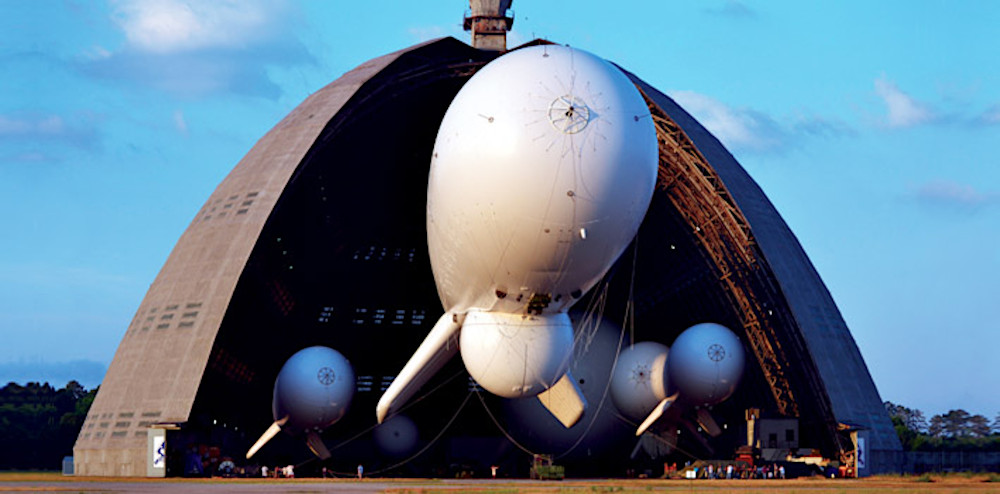
As already noted, interest in this topic has surged since the U.S. military disclosed that it was tracking what was assessed to be a large high-altitude Chinese spy balloon passing through U.S. and Canadian airspace in February. That balloon was notably a spherical design with a payload suspended underneath, which is unlike the teardrop-shaped airships/aerostats associated with the site in Xinjiang. Furthermore, the sites where balloons like that are known to be launched from are different in their design from the hangar and the rest of the facility in northwestern China.
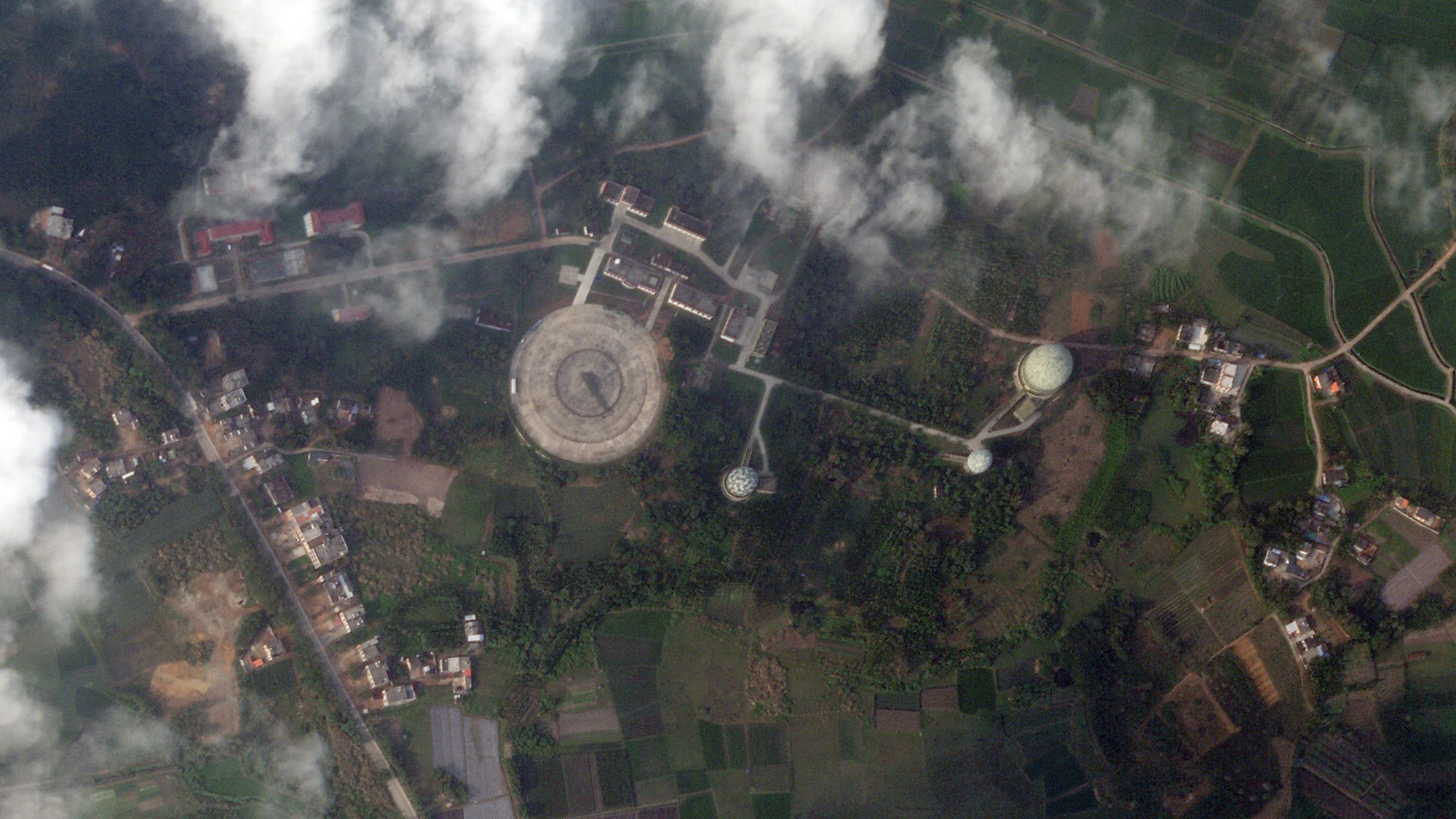
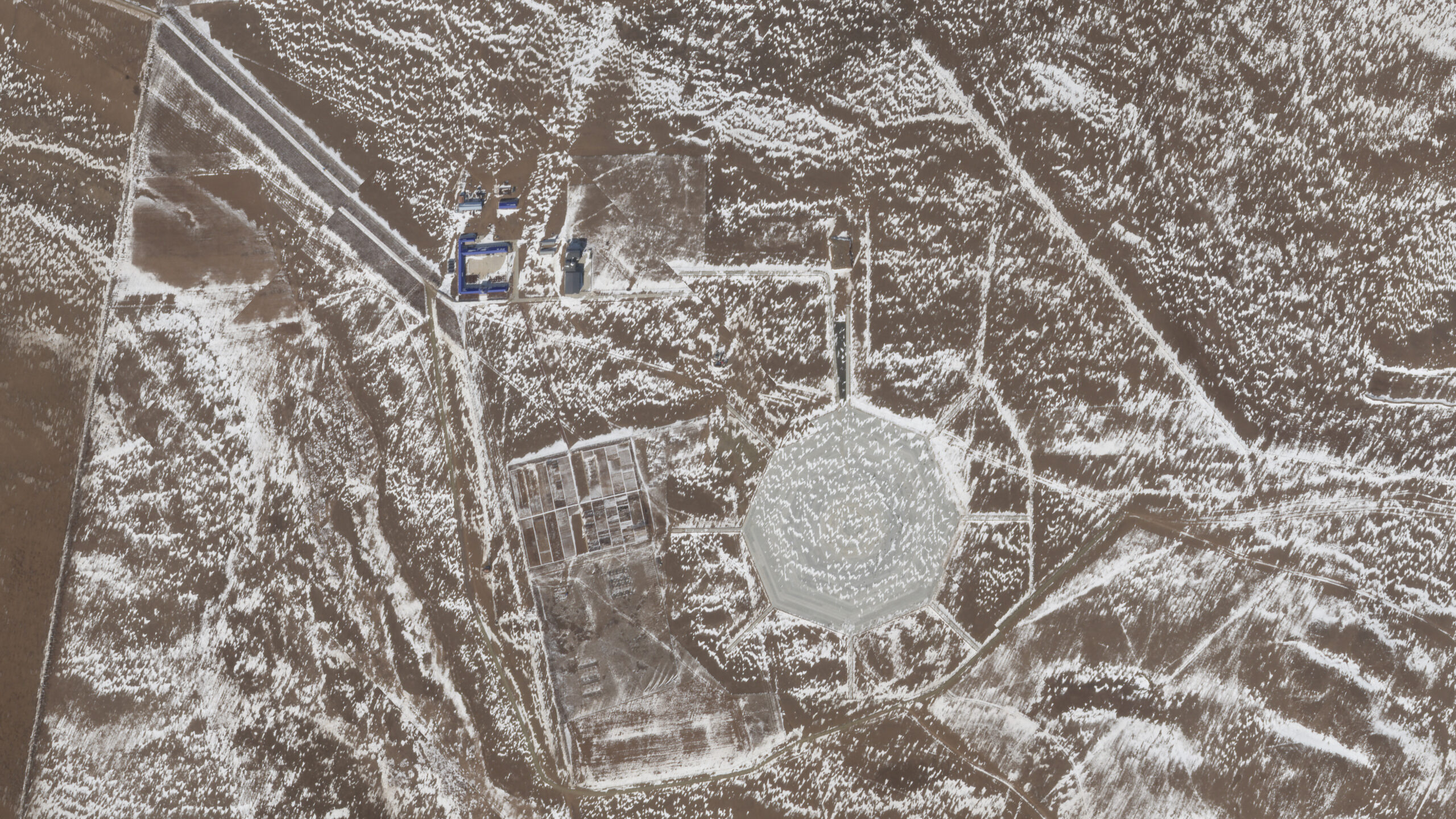
On February 4, a U.S. Air Force F-22 Raptor stealth fighter shot down the Chinese spy balloon that had been traversing North America, after which portions of it were recovered. Three more objects flying over the United States and Canada were then brought down by Air Force fighter jets, as well. The U.S. government insists that those still-unidentified objects were likely benign, but nothing was recovered in those instances and no imagery of them has been released to date to support this assessment.

As an aside, the incidents in February underscored the very real possibility that at least a portion of reported sightings of so-called unexplained aerial phenomena (UAP) by U.S. military pilots and other personnel in recent years are actually lighter-than-air craft, as well as drones, that foreign countries are using for intelligence, surveillance, and reconnaissance (ISR) and other purposes. An unclassified U.S. Intelligence Community report published in January 2023 said that there had been 366 newly-cataloged UAP incidents in 2022 and that 163 of them were assessed to be balloons or balloon-like.
Pictures of, and other details about, the Chinese spy balloon, including from documents leaked online by Airman 1st Class Jack Douglas Teixeira, a member of the Massachusetts Air National Guard, show that it was solar-powered and self-propelled. It appeared to be fitted with a number of sensors, possibly including a synthetic aperture radar capable of capturing imagery in any weather, as well as communications systems that would allow controllers elsewhere to maneuver it and receive collected intelligence data.

Since February, it has also emerged that very similar balloons had been previously detected flying over or near multiple U.S. states and territories, including unspecified parts of Florida, Hawaii, and Guam, as well as various other locations all over the world. Some of these incidents had been previously reported, but not explicitly linked to a Chinese government high-altitude surveillance program. Documents from the Teixeira leaks indicate that another balloon was assessed to have passed over a U.S. Navy carrier strike group operating in an unknown part of the world and another was determined to have crashed while flying over the highly strategic South China Sea.
A lighter-than-air craft with an airship-like design, also possibly of Chinese origin, was spotted close to Luzon, the largest island in the Philippines and home to the country’s capital, and near the South China Sea, last year.
It has been no secret that organizations in China have been very actively working on more modern high-altitude airship, aerostat, and balloon designs for years now. Though much of this work, at least that we know of, has been carried out by ostensibly civilian research institutions and commercial enterprises, they have done so with a clear eye toward potential military applications. In addition, in China, state-run research organizations and advanced technology companies in various sectors have long had very close ties to the PLA. When it comes to the Chinese government’s high-altitude surveillance balloon program, more concrete links between civilian research entities, especially Beihang University, and the PLA have been more closely scrutinized since February. Beihang University is known to have been involved in stratospheric airship projects that could be connected to the hangar in Xinjiang, as The War Zone previously reported.
Beihang University has also been involved directly in work on the possibility of employing high-altitude lighter-than-air systems as platforms for launching drones or deploying other expendable payloads, including remotely-operated sensors on the ground. You can read more about this work, and similar projects the U.S. military and others have been conducting, in this recent feature of ours.
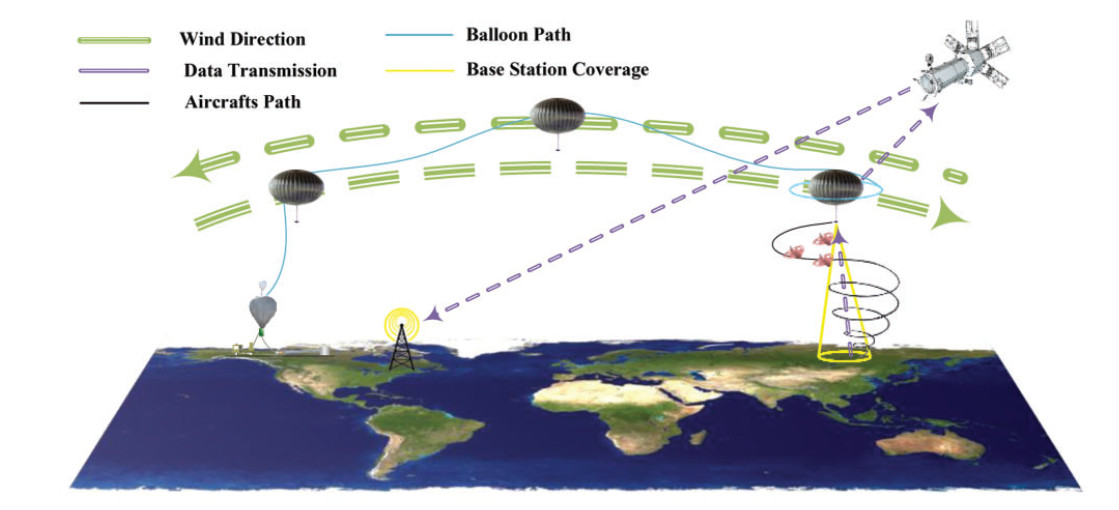
Though they may seem anachronistic, more modern high-altitude airships and balloons with the ability to navigate across long distances to a designated location and then hold station persistently there against prevailing winds, offer very useful platforms for intelligence-gathering and other missions. The U.S. military, along with China and others, is very seriously testing lighter-than-aircraft craft like this in a number of roles, including acting as launch platforms for loitering munitions and drones, surveillance and reconnaissance assets, and communications relays.
BlackSky’s newly released satellite imagery of the site in Xinjiang provides additional evidence of that facility’s role in China’s high-altitude airship and balloon efforts and underscores the very real utility of these platforms in various capacities to modern military forces and intelligence agencies.
Contact the author: joe@thedrive.com
